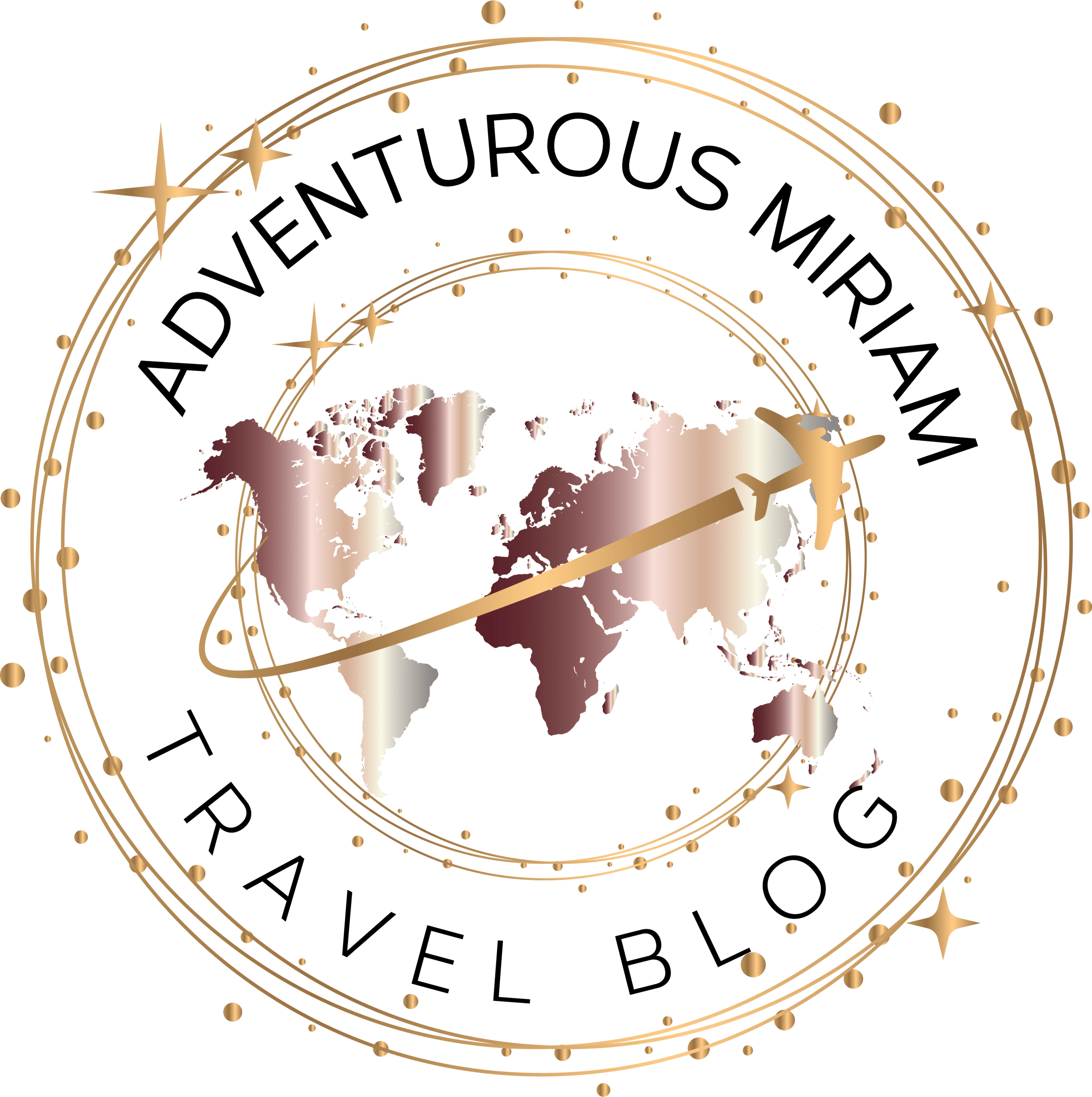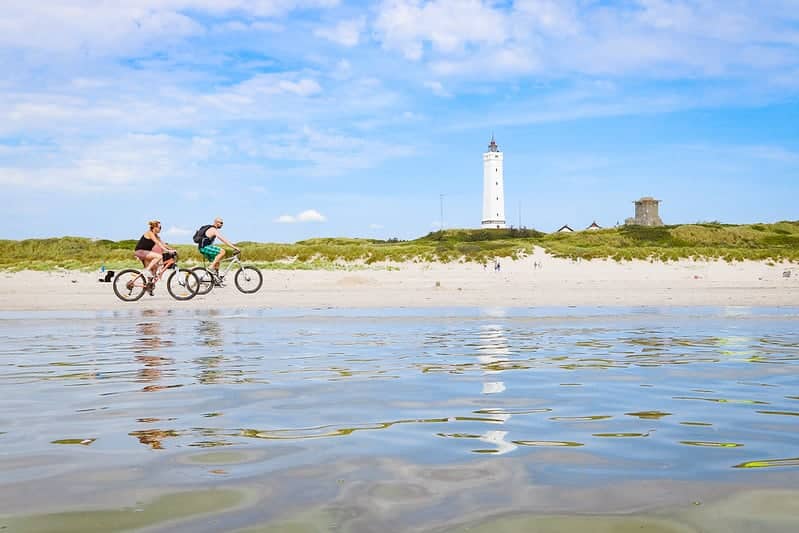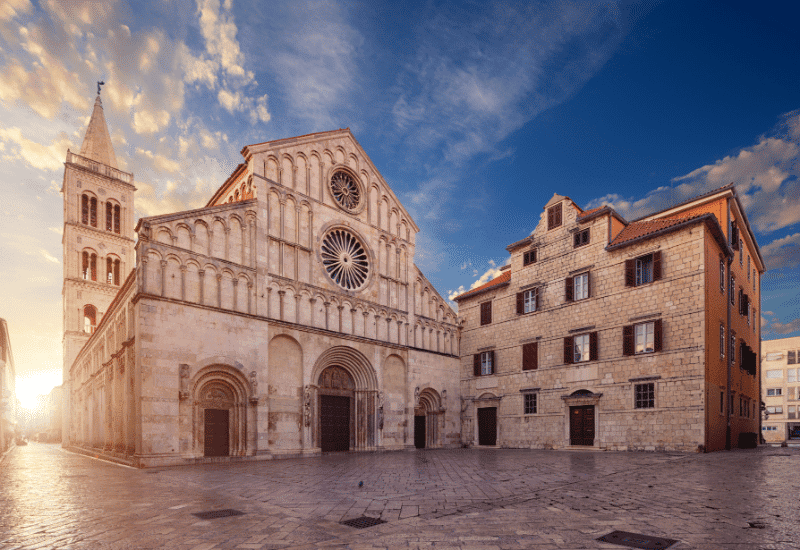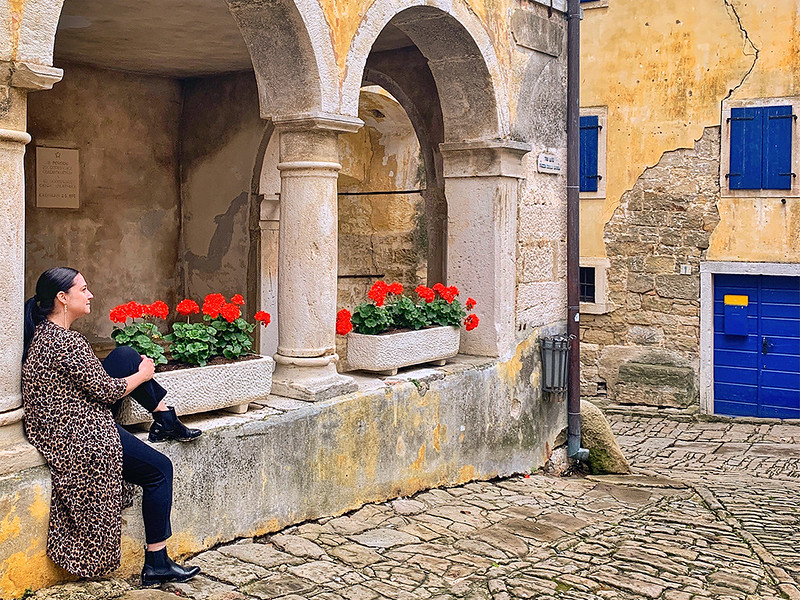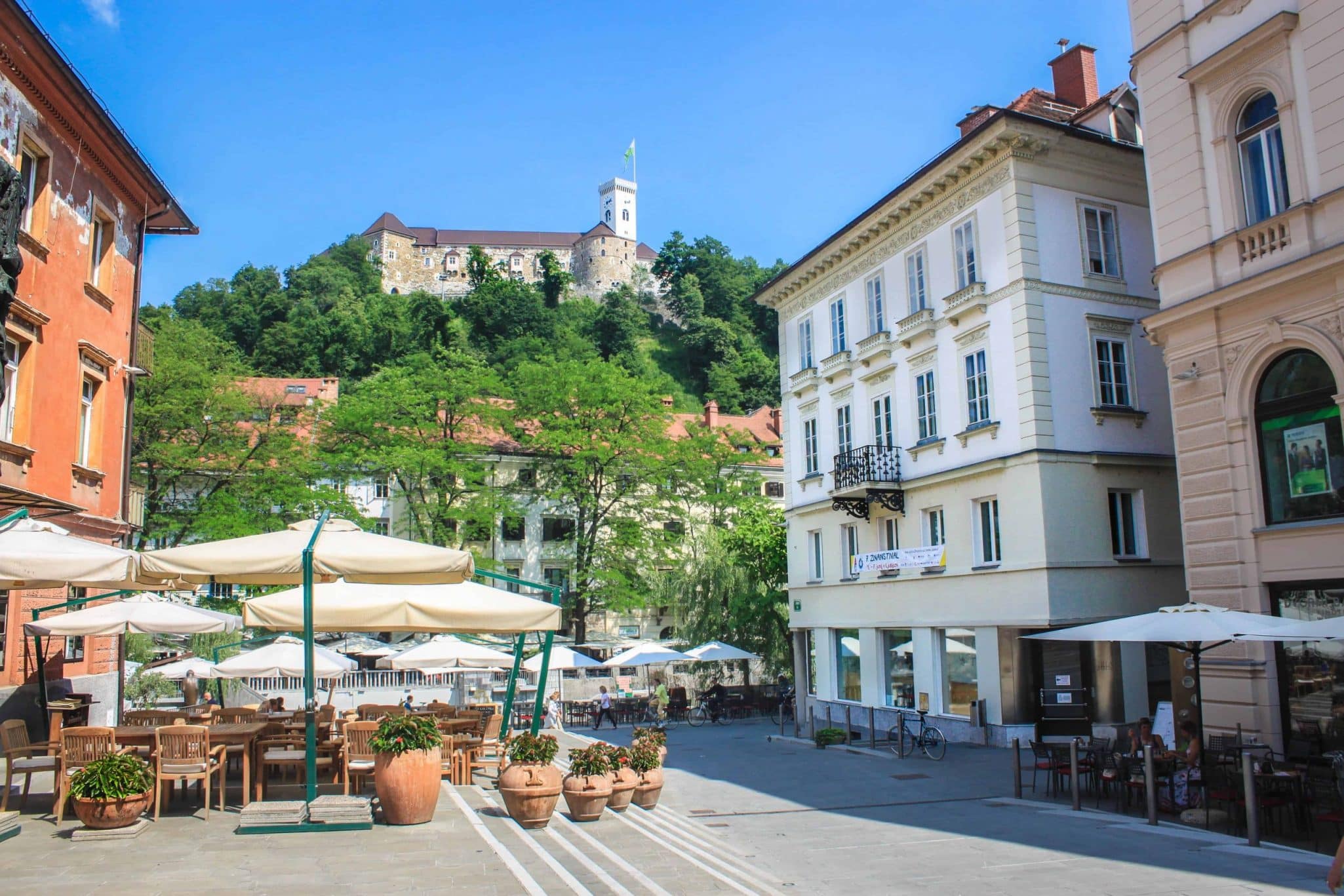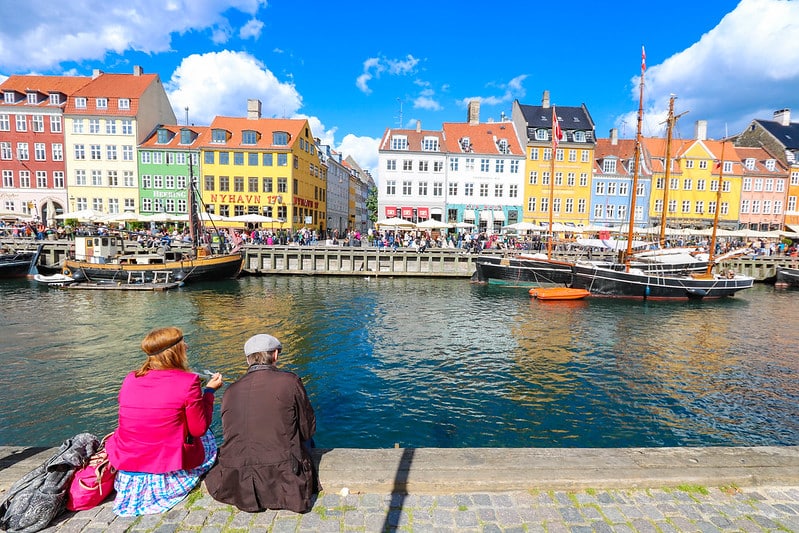Vrsic Pass, Slovenia – The ONLY guide you need
Want to visit Vrsic Pass Slovenia?
You’re in the right place because I have visited Vrsic Pass — and I’m here to help you do the same! In this article, I’m going to give you ALL the details you need for planning a Vršič Pass road trip.
From how to get to the Vrsic mountain pass, the best Vrsic activities and sights, Vrsic Pass weather, and much more.
It’s all here, so let’s get to it!
This post contains referral links for products I love. Adventurous Miriam earns a small commission at no extra cost to you if you purchase through my links. I appreciate your support ♡ Learn more
About Vršič Pass Slovenia
Vrsic is a high mountain pass across the Julian Alps that connects Kranjska Gora with Bovec.
During World War I, a road was built as part of Austria-Hungary’s plan to keep their armies stocked up.
The road through the pass is known as Ruska cesta (“Russian Road”), renamed in July 2006 to honor the Russian prisoners of war who were forced to build it.
Vršič Pass is the highest mountain pass in Slovenia.

How to pronounce Vrsic
Vršič – can you pronounce that? I spoke to someone in Bovec who said that if you can pronounce Vršič, then you can pronounce anything in Slovene.
I guess it’s like the word refrigerator in English or rød grød med fløde in Danish.
For the record, it’s pronounced ver-sheech.
Where is the Vršič Pass
You’ll find the pass up in the Julian Alps, sitting at 1,611 meters high. It’s nestled near the borders with Italy and Austria, and just next door to Kranjska Gora.
Vrsic Pass weather
If you’re thinking about driving through, summer is your best bet.
That’s when the snow is gone, and the road is usually good to go from late June to October.
Mountain weather can be a bit iffy, so make sure to check the forecast before you head out.
This gives you an idea of what to expect in terms of temperature, precipitation, and snowfall throughout the year at Vršič Pass:
| Month | Temp High-Low (F – C) | Precipitation (mm) | Snowfall Days |
|---|---|---|---|
| January | 28°F/19°F – -2°C/-7°C | 40 | 15 |
| February | 30°F/19°F – -1°C/-7°C | 40 | 15 |
| March | 36°F/25°F – 2°C/-4°C | 60 | 10 |
| April | 43°F/30°F – 6°C/-1°C | 100 | 5 |
| May | 52°F/37°F – 11°C/3°C | 130 | 0 |
| June | 59°F/45°F – 15°C/7°C | 150 | 0 |
| July | 64°F/48°F – 18°C/9°C | 140 | 0 |
| August | 64°F/48°F – 18°C/9°C | 130 | 0 |
| September | 57°F/43°F – 14°C/6°C | 120 | 0 |
| October | 50°F/37°F – 10°C/3°C | 120 | 0 |
| November | 39°F/30°F – 4°C/-1°C | 100 | 5 |
| December | 32°F/23°F – 0°C/-5°C | 60 | 10 |
Things to do in the Vršič Pass
1. Admire Lake Jasna
When you’re exploring near Kranjska Gora, make sure to visit Lake Jasna.
This alpine gem is so serene with its clear waters mirroring the Slovenian Alps. Definitely make a stop here!
There’s a parking lot, so it’s easy for you to stop and take in the sights or enjoy a picnic by the water.
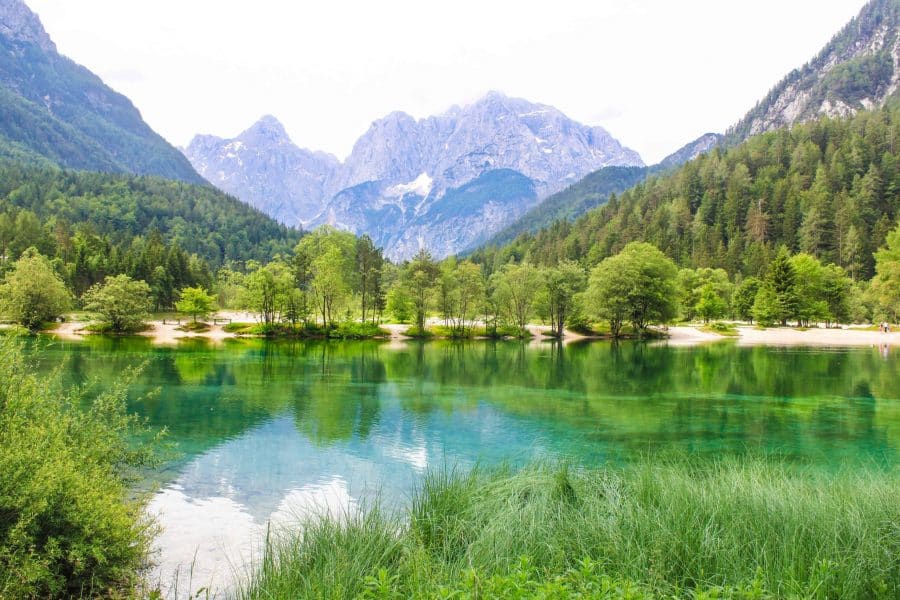
2. Visit the Wooden Russian Chapel
The Wooden Russian Chapel is another must-see in the Vrsic Pass.
This Slovenian landmark was built by Russian prisoners in 1916 as a memorial to their fallen comrades who helped build the road.
It’s located just off the main road, on the north side of the pass.

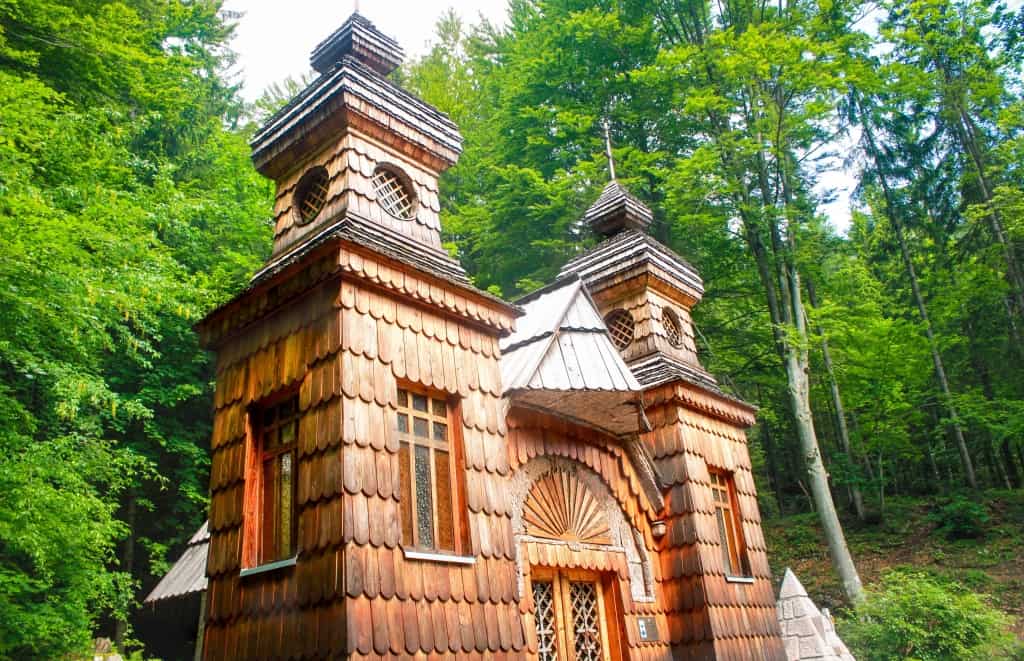
3. The highest point of the road
The highest point of Vršič Pass is at 1,611 meters above sea level.
Take a moment there to breathe in the fresh alpine air and enjoy the stunning panoramic view of the Julian Alps.

5. The Heathen Maiden (Ajdovska decklica)
Another interesting sight at the pass is the Heathen Maiden, also known as Ajdovska decklica.
She is part of the legend about the Goldenhorn and the Nymph dwelling in the mountain, which goes like this:
Once upon a time, a nymph prophesied to the son of a hunter that he would kill the Goldenhorn (that’s Zlatorog, the famous mountain goat).
When her sisters heard of this inadmissible prophecy, they punished her by turning her into a rock. Her face has stayed there till now.
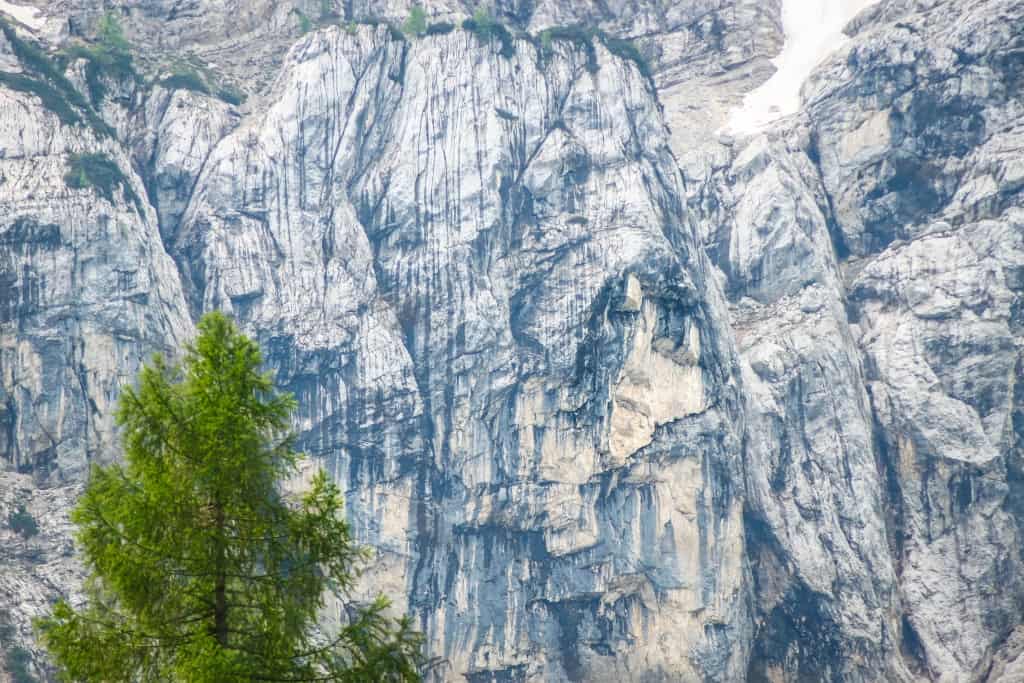
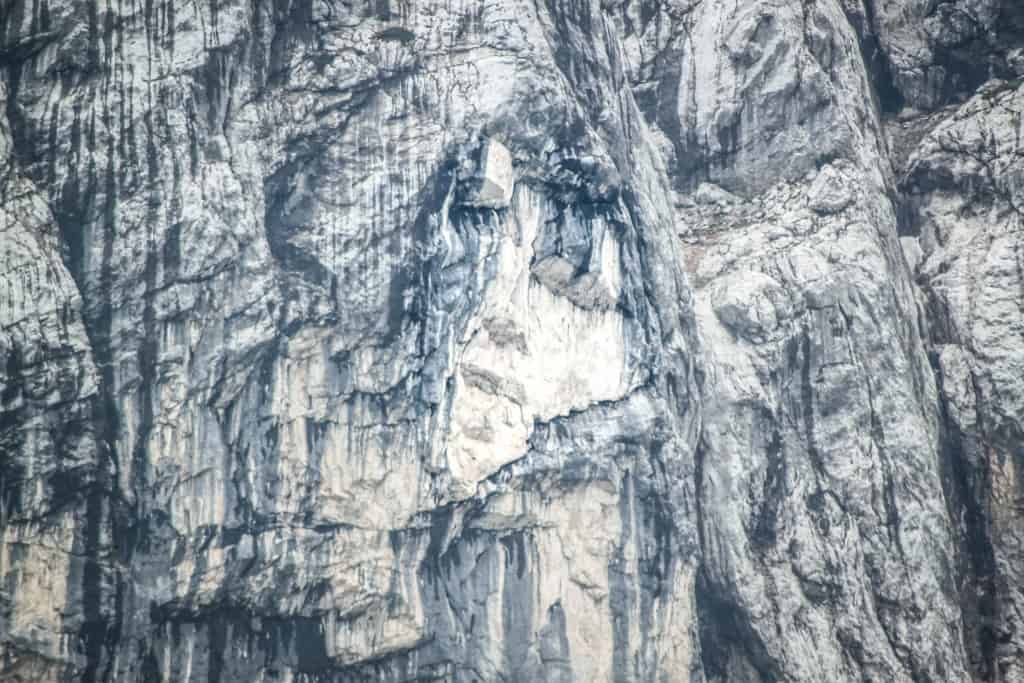
6. Postman’s lodge
If you’re hiking around Vršič Pass and need a spot to rest, the Postman’s Lodge is your go-to.
It’s been welcoming visitors for over a century, offering a place to refuel and relax with a bit of history on the side.
7. Mlinarica gorge
The Mlinarica Gorge is a hidden gem in the Trenta Valley, where you can witness the power of water carving through rock over millennia.
It’s a bit off the beaten path but there’s a spectacular view of the natural forces at work.
8. Prisojnik Okno
For those looking for a hiking challenge, the Prisojnik Okno is a natural window high up in the mountain that offers a unique perspective of the sky.
The hike to get there is strenuous, but the view through this rock formation is truly one-of-a-kind.

9. Upper Soča Valley
The Upper Soča Valley is just a short drive from Vršič Pass, and it’s a paradise for outdoor lovers.
Whether you’re into calm walks along the river or more intense water sports, the valley has plenty to offer with its stunning alpine setting.
Read next: 13 adventurous things to do in Soca Valley
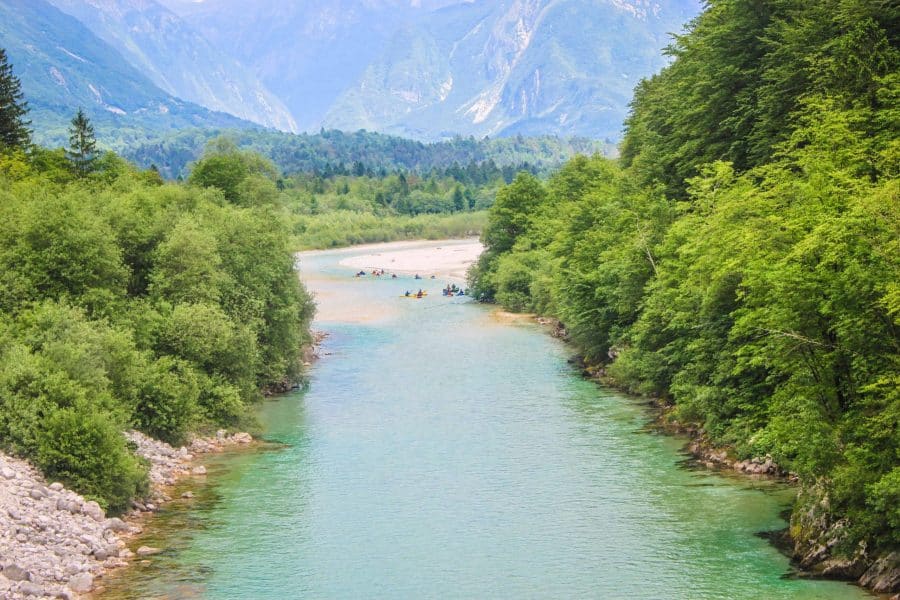
Vršič Pass facts
It has 50 hairpin bends
Vršič Pass has no less than 50 hairpin bends, so be prepared for a series of sharp, challenging turns!

The road was built by Russian war prisoners in 1915
Russian prisoners of war built the road in 1915, a century-old testament to their labor during World War I.
It’s Slovenia’s highest mountain pass
Reaching 1,611 meters at its peak, Vršič Pass is not only a drive through the clouds but also the highest pass in Slovenia.
The pass connects the Sava and Soča valleys, making it a key route for crossing the Julian Alps.
There’s a Russian Chapel memorial on site
Don’t miss the Russian Chapel at the summit, built in 1917 to honor the POWs who constructed the pass and tragically lost their lives in an avalanche.
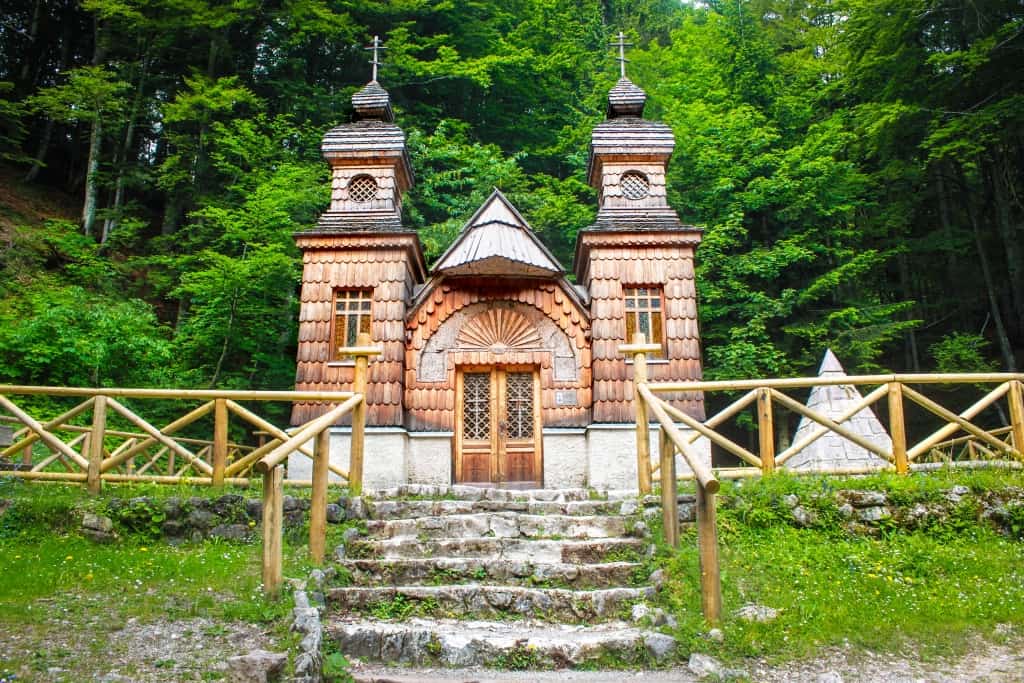
Useful travel tips
Watch out for sheep and cyclists – especially in summer
Keep an eye out for cyclists when driving on Vršič Pass, especially in summer when it’s a popular spot for biking enthusiasts. Make sure to give them space and pass safely.

The roads are steep and narrow, so take each bend slowly
The roads on Vršič Pass are both steep and narrow, which means it’s wise to approach each of the 50 hairpin bends at a reduced speed.
Take your time and don’t rush the turns.
Only drive the pass if you’re an experienced driver
If you’re not confident behind the wheel in such terrain, you might want to look at other options or consider taking a guided tour where you can enjoy the views without the stress of driving.
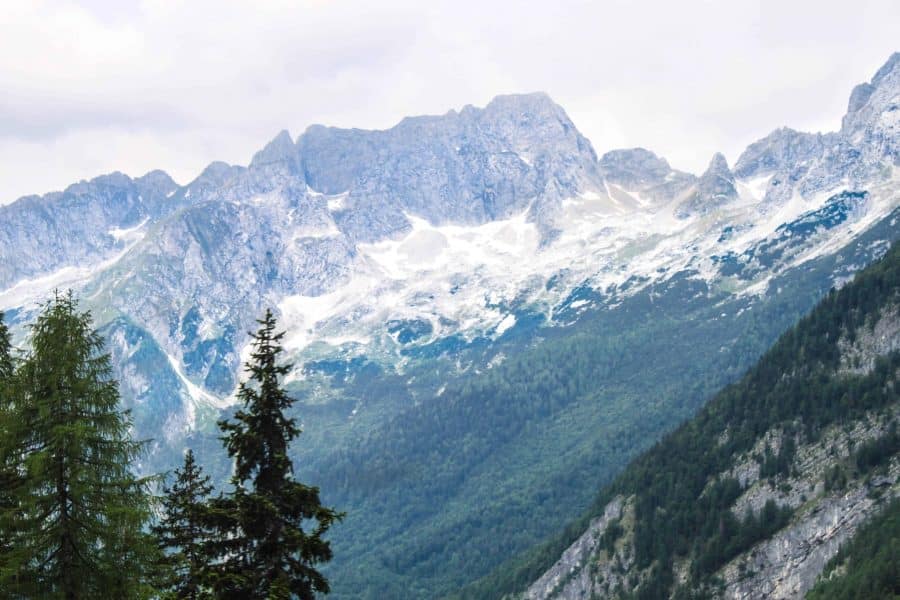
FAQ – Vršič Pass Slovenia
Is Vršič Pass open year-round, or does it close during winter?
Vršič Pass is open from late spring to early fall. Winter snow can close the pass, so check the conditions before you go.
Are there any specific driving tips for navigating Vršič Pass’s hairpin turns?
For navigating the hairpin turns, use a low gear and drive slowly. Watch for oncoming traffic, especially buses, trucks, and cyclists.
Can I access hiking trails directly from Vršič Pass?
Yes, you can access several hiking trails directly from Vršič Pass, including paths to scenic viewpoints and historical sites.
Is Vršič Pass worth it?
Yes, Vršič Pass is worth it for its stunning alpine scenery and the experience of driving the highest road pass in Slovenia.
What is the famous pass in Slovenia?
The most famous pass in Slovenia is Vršič Pass, known for its breathtaking views and hairpin turns.
Is the Vršič Pass hard to drive?
Vršič Pass can be hard to drive due to its 50 sharp bends and steep grades, especially for those not used to mountain driving.
What is the steepest road in Slovenia?
The steepest road in Slovenia is the road to Mangart Saddle, but Vršič Pass is the highest paved pass in the country.
More posts about Slovenia
- 13 adventurous things to do in Soca Valley
- 10 fantastic things to do in Lake Bohinj
- 10 magical things to do in Lake Bled
- 10 best things to do in Ljubljana
Save it!

